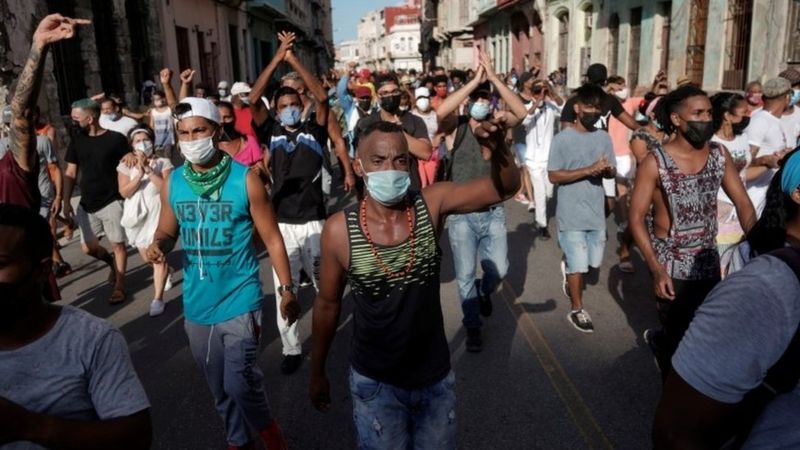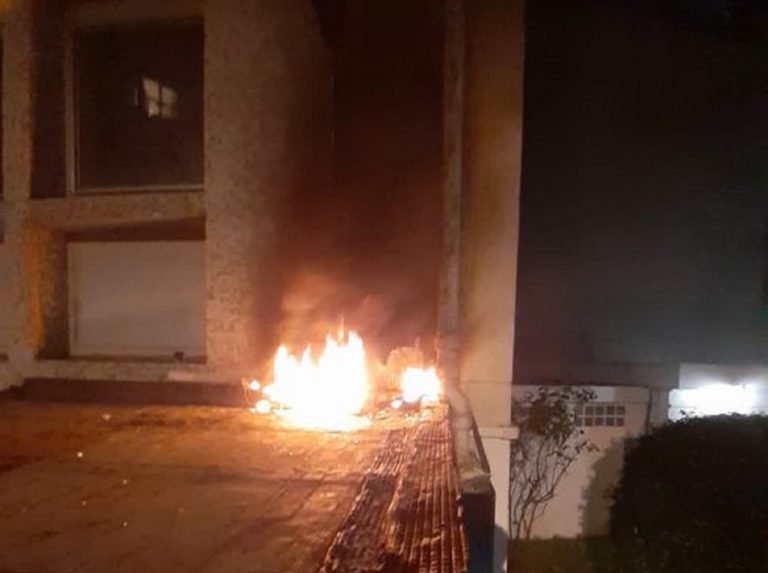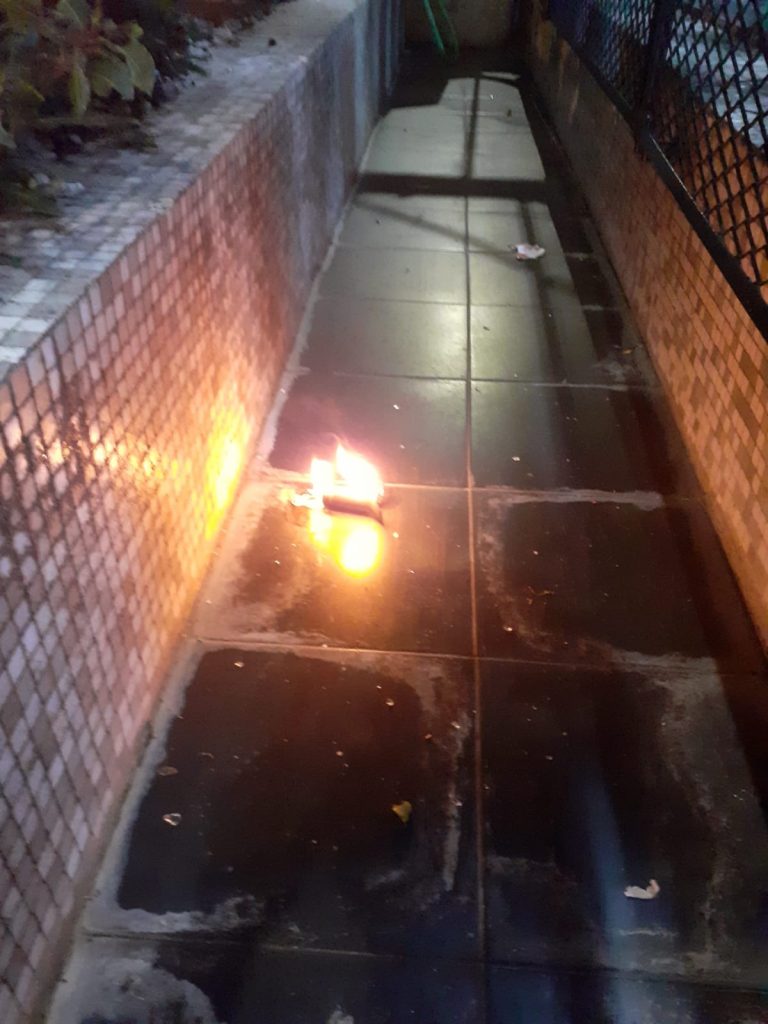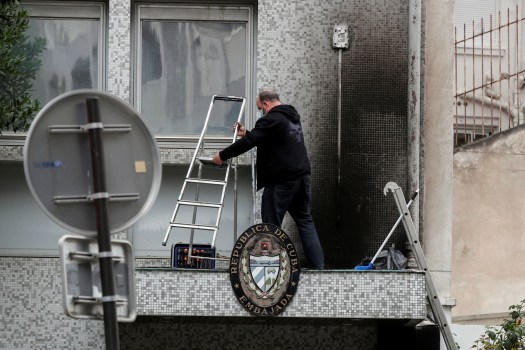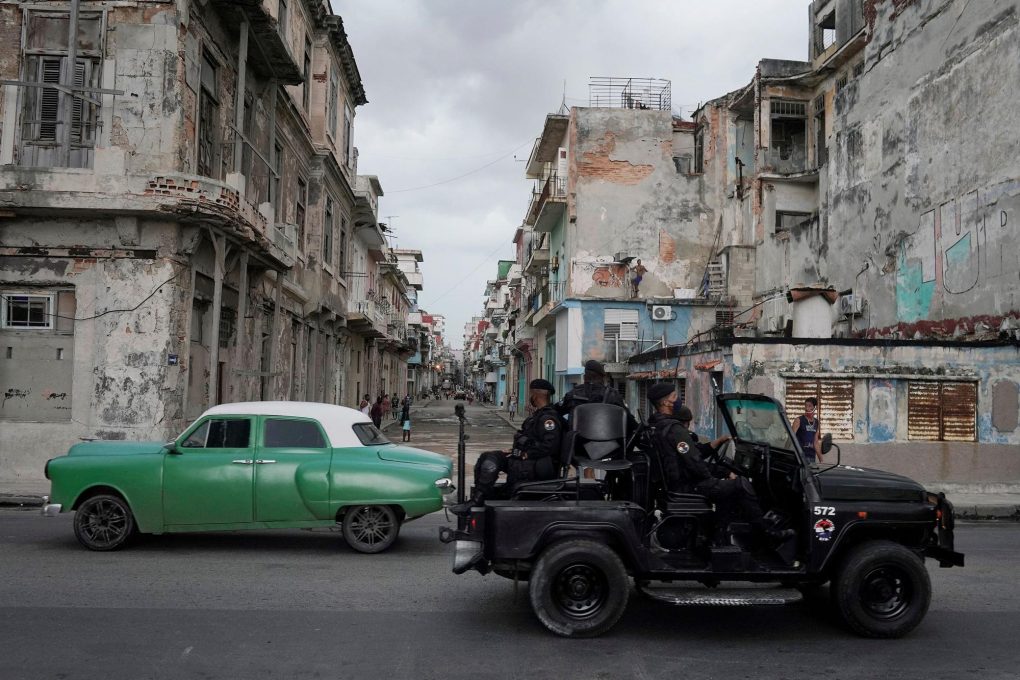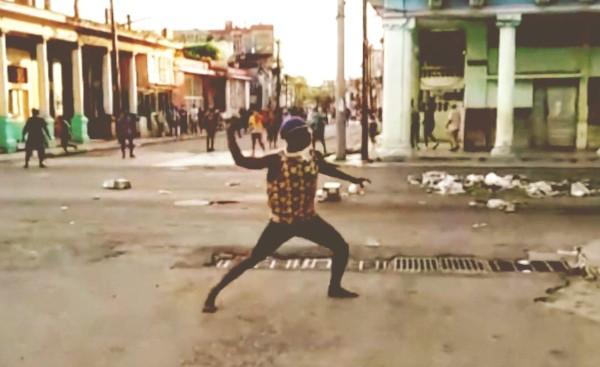
ES: TERCERA PARTE: ¿QUÉ PASA EN CUBA? UNA MIRADA ANÁRQUICA DE LAS PROTESTAS DEL 11-J.
-Interview with comrade Gustavo Rodriguez (Third of three parts)
AI: To what extent was the 1959 revolution willing to destroy the system of domination and its protagonists determined to promote a Social Revolution?
First of all, it is necessary to examine thoroughly who were the forces in conflict in 1959; what were the motivations and; above all, the ideological limitations of those involved. Of course, this is an exercise fraught with difficulties for those who continue to be fascinated by the official mythology1 and; equally difficult for those who -from different points of view, even dissidents- cling to the supposed tendencies raised by certain protagonists (Camilo Cienfuegos, Hubert Matos, Ernesto “Che” Guevara, Pastorita Núñez, for example), as if trying to decipher (at a distance of six decades) what would have been the attitude of this or that character in a specific situation or whether or not he or she was right at a given time and what would have been his or her action if he or she had greater political weight in the process. In that tenor, the legends of Camilo “anarchist”; Matos “socialist”; Che Guevara “Trotskyist” and Pastorita “feminist” arose. All dilettante speculations that in no way help to understand what those figures hypothetically opposed to revolutionary autocracy and bureaucratization represented. Unfortunately, these digressions do not manage to escape from the legends that must be demolished. Neither Cienfuegos was “anarchist” nor Matos “socialist” nor Che “Trotskyist” and, Pastorita, much less “feminist”. By the way, the latter came from the old nucleus of Fidel Castro’s nationalist militancy2 ; as did Huber Matos, Ñico López, Haydée Santamaría, among other members of the “Orthodox Youth” of the Cuban People’s Party (Orthodox)3 who would found the 26th of July Revolutionary Movement (MR-26-7).
The opposition to the Batista dictatorship was made up of a coalition of traditional nationalist (anti-imperialist) parties4 and the so-called “revolutionary movements” which -from diverse and equally nationalist perspectives- were articulated in the course of the struggle. Among the traditional parties, the following stood out: the Cuban Revolutionary Party (Authentic), which emerged after the nationalist revolution of 1933; the Cuban Orthodox People’s Party, -established in 1947 by Eduardo Chibás, after his break with the “authentic” ones-; the Cuban Revolutionary Nationalist Party (Authentic), which was formed in 1947 by Eduardo Chibás, after his break with the “authentic” ones; the Revolutionary Nationalist Party (PNR) of José Pardo Llada (co-founder of the Orthodox Party) and; the Free People’s Party, instituted by Márquez Sterling and a group of assailants of the Moncada barracks who had broken with Castro and precociously warned: “We come from armed struggle, exile and clandestinity. We have shed blood […] and we invite you to break the hateful conspiracy of silence and fear. Against Batista. Against the Dictatorship. Against the useless blood that serves as a pedestal for new pernicious dictators “5 . Among the “revolutionary movements”, the following stood out: the July 26th Revolutionary Movement (MR-26-J) led by Fidel Castro; the Revolutionary Directorate (DR), created by José Antonio Echeverría – assassinated during the ill-fated assault on the Palace – and led by Faure Chaumón; the Federation of University Students (FEU) and the Radical Liberation Movement, founded by Amalio Fiallo and several “moncadistas” who also distanced themselves from Castro’s dictatorship. Continue reading “Part Three: What’s happening in Cuba? An Anarchic look at the 11-J protests EN/ES”

